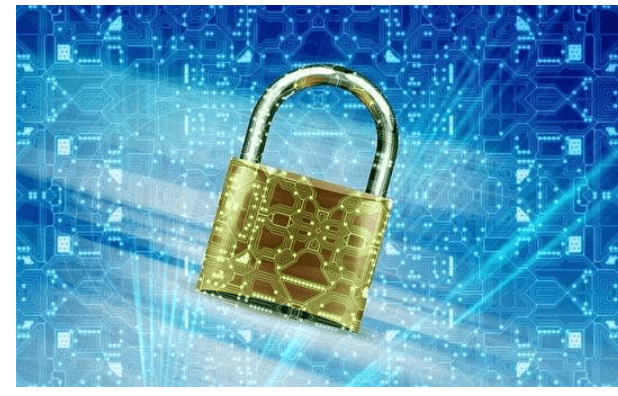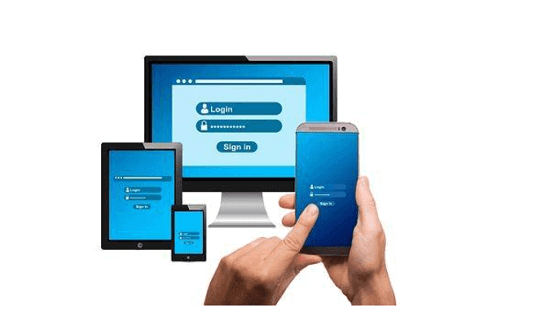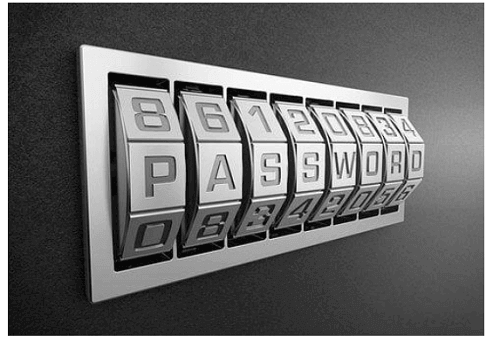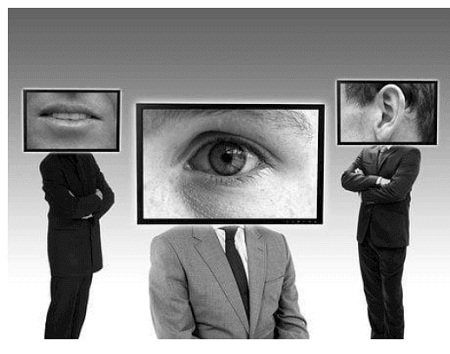
7 Different Ways to Authenticate a Person to Secure Information
By admin
More and more platforms, digital and otherwise, require robust user authentication methods. User authentication can be used for a variety of reasons, including but not limited to access control and company growth initiatives like e-commerce integration.
Passwords aren’t the only way to safeguard valuable data or information; companies need to realize this. Authentication is used for a wide range of purposes. A diverse set of technologies can be used for this purpose.
How Do We Identify Real People?
Table of Contents
The term “authentication” refers to verifying the identities of anyone seeking access to a computer, network, or other resources. User credentials, such as a username and password, are frequently used with access control systems to authenticate users. Biometric data and authentication applications are two examples of other authentication technologies used to verify a user’s identification.
The Importance of Authenticating Users
User authentication refers to the processes used to verify the identity of a user before granting them access to a protected resource. That means that User A can only see the data that pertains to them, while User B’s private data remains hidden from view.
Cybercriminals can break into a system and steal data if user authentication is unsafe. Authentication failures like those experienced by Adobe, Equifax, and Yahoo illustrate the risks when corporations disregard this issue.
Between 2012 and 2016, hackers broke into Yahoo accounts and stole users’ contact information, calendars, and emails. More than 147 million customers had their credit card information compromised due to the Equifax data leak in 2017. Without a foolproof method of identification, any business is vulnerable to attack.
-
One Time Password (OTP) Token

By supplying consumers with a hardware device that creates a dynamic secondary password, known as a one-time password token (OTP token), a second factor can be added to online banking security. When using an OTP token to access a bank’s website, the user must physically possess the token at all times. Unless the banks link their systems to accept a single token, a user with numerous banks that require OTP tokens will need to carry multiple tokens.
-
Computer Recognition Software
To use a computer as a second factor in authentication, users need to download a simple authentication software plug-in that adds a cryptographic device identifier to their machine. It is then checked as part of the authentication process.
Next, in addition to a password (something you know) and the device marker on the user’s computer, a second factor (something you have) would be required for authentication (something you have). Users need just input their login and password to log in, as the device marker is persistently stored on the consumer’s computer.
-
Out of Band
When a user opts for Out-of-band verification, the bank will contact them at their listed phone number and ask them to enter their password over the phone before granting them access to their account. This necessitates the user to be physically present at the location of the registered phone number, just like with email or SMS OTPs.
-
Peripheral Device Recognition

In a bid to use a USB flash drive, iPod, or Smartphone memory card as a second factor in online banking authentication, a cryptographic device marker is installed on the user’s existing device. It must be inserted into the computer at the time of login. That offers a hardware-based second factor but does not necessitate the user to carry around a separate device, making it a viable alternative to the OTP token.
In addition, device markers from different financial institutions can coexist on the same hardware piece without the need for system integration.
-
Certificate-Based Authentication
Certificate-based authentication systems verify the identity of a user, machine, or device with the help of a digital certificate. In the same vein as identification documents like driver’s licenses and passports, digital certificates serve as verifiable proof of identity online.
A user’s digital identity, including their public key and the certifying authority’s digital signature, are both included in the certificate. Only a certification authority can issue digital certificates, which can be used to verify the ownership of a public key.
To access a server, clients must present their digital certificates. The server ensures that the digital signature and the certificate authority are legitimate. The server then checks the user’s private key against the public key on the certificate, using cryptography to ensure the user is using a valid private key.
-
Biometric Authentication

Biometric authentication is a form of security that uses a person’s distinctive biological traits to verify their identity. The use of biometric authentication systems has the following significant benefits.
In a database, permitted attributes can be quickly compared to biological characteristics. Gates and doors equipped with biometric authentication systems can be used to regulate access to restricted areas. The use of biometrics is a viable option for enhancing the security of your multi-factor authentication system.
Consumers, governments, and private businesses utilize various biometric authentication systems, most notably at airports, military sites, and borders. As a result of its superior security and less impact on the user experience, the technology is gaining popularity. Among the most often used biometric authentication techniques are:
-
Facial recognition
Facial recognition compares an individual’s unique facial traits with a database of authorized users. However, recognizing a person’s face can be problematic if you compare them to someone who looks very similar, such as a close relative. Spoofing can be avoided with face-liveness technology such as that developed by ID R&D.
-
Fingerprint scanners
Fingerprint scanners can compare an individual’s fingerprints to a database of known fingerprint patterns. Some fingerprint scanners can now evaluate the vascular patterns in a person’s fingertips. Despite their many mistakes, fingerprint scanners are the most widely adopted biometric technology among ordinary customers.
-
Eye scanners
Iris readers and retina scanners are two examples of eye-scanning technology. Iris scanners aim a strong light beam at the eye, scanning the colored ring around the pupil for distinctive patterns. After collecting the patterns, they are checked against verified data in a database. However, wearing glasses or contacts can introduce errors in an eye-based authentication system.
-
Multi-Factor Authentication Methods
When authenticating a user, Multi-Factor Authentication (MFA) calls for more than one means of verification. User-generated codes, Captchas, fingerprints, voice biometrics, and facial recognition are all biometric authentication methods.
Final Thought
Authentication methods are always evolving along with technological advancements. Companies need to stop focusing on passwords and start thinking of authentication as a way to serve their customers better. Passwords will no longer be vulnerable to attack thanks to improved authentication methods and technology, protecting sensitive information from theft.


